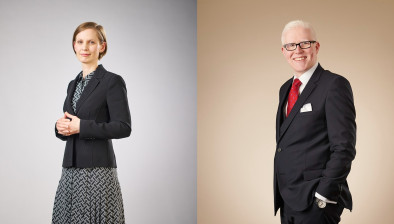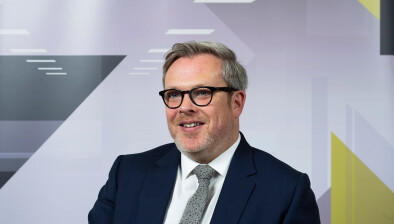Vanessa Murray: The skills gap in construction isn’t just technical – it’s cultural

Vanessa Murray
Vanessa Murray, director at The Circle Partnership, warns that behind Scotland’s construction sector’s well-documented technical skills shortage lies a deeper, less visible challenge — the loss of female talent and the persistent sidelining of equality, diversity and inclusion (EDI) as a strategic priority.
As Scotland’s construction industry races to meet the demands of net-zero targets, infrastructure investment and a critical green skills gap, one issue continues to be underestimated as a critical enabler: gender equality. Women are leaving the built environment sector earlier and in greater numbers, with nearly half exiting before the age of 34. This isn’t just a retention issue, it’s a critical loss of talent.
While much is rightly being said about the need to attract new talent and modernise the workforce, equality, diversity and inclusion (EDI) still sits on the sidelines, treated as a specialist issue or a secondary initiative led in silos.
As workforce expectations shift and the pressure to innovate intensifies though, this outdated approach no longer holds. Gender equality can’t be seen as a ‘nice-to-have’ or a box-ticking exercise, it must become a central pillar of how the sector thinks about growth, resilience, and leadership.
A major part of the problem is how easily equality gets flattened into policy. We can’t legislate or train our way to a truly inclusive culture through one-off workshops or by tweaking maternity leave clauses. If we’re serious about attracting and retaining a broader, more diverse pool of talent, then we need to dig deeper.
This shift in thinking was front and centre at one of our recent Circle Academy events, where professionals from across the built environment gathered for an open and practical discussion on male allyship. As part of our commitment to raising broader awareness of the issues around gender diversity, and our recognition that we need to engage a wider audience in this topic to have a chance of delivering real change, we orchestrated a 50/50 audience split of men and women. All of our female Circle Academy mentors and mentees were required to bring a male guest, and attendees were invited to respond to a simple but powerful question:
What are the most impactful actions we can take to improve gender balance in our industry?
The answers showed a growing understanding that real change won’t come from policy alone. Three key priorities stood out:
1. Leaders must invest in long-term cultural change
Superficial ticking of diversity boxes through one-off training sessions, EDI committees or even maternity and paternity policies don’t tackle the deeper biases and structural barriers that hold us back from making real change. Genuine progress means leaders committing longer term investment to acknowledging and addressing current cultural issues and shaping future workplace cultures where everyone feels valued and able to thrive.
2. Men need to be part of the solution and not sidelined
Too often, conversations around equity make men feel defensive or excluded. We forget that the very definition of inclusion means that these issues involve everyone. Men have a crucial role to play as allies - listening, learning and using their influence to help create fairer workplaces. Allyship isn’t about guilt, it’s about partnership and shared responsibility - and the deep recognition that more equitable working environments truly benefit everyone, not just women. More diversity equals more innovation, more profitability, more work life flexibility and that is a win for all.
3. Changing outdated biases and attitudes
Bias is often invisible but can have a huge impact on who gets hired, who moves up, and who is seen as ‘leadership material’. Addressing these hidden barriers opens the door for more talent to shine and for decisions to be made on merit rather than stereotypes. These biases and assumptions are also those that contribute to the prevalence of microaggressions and stereotypes that research repeatedly shows to be a critical push factor for women leaving their roles. Successfully addressing these could have a significant impact on the retention of female talent and the industry’s skills crisis.
A key foundational takeaway from the event was the need to be inclusive in the equity conversation itself. If EDI efforts are seen as benefiting only one group, they risk alienating others whose support is vital. But when inclusion is treated as a shared goal, it builds momentum and a stronger culture of respect and empowerment. The discussion also highlighted that allyship is about participation and a willingness to learn, not about having all the answers.
Looking ahead, for the built environment to flourish in the years to come, gender equity has to move from being a ‘nice-to-have’ to a strategic priority embedded in leadership and culture. Bringing EDI out of the shadows and involving everyone in creating a truly inclusive future will unlock huge potential for the industry’s future. As one event attendee put it: “Our industry knows how to build. Now we need to build workplaces where everyone can thrive.”














